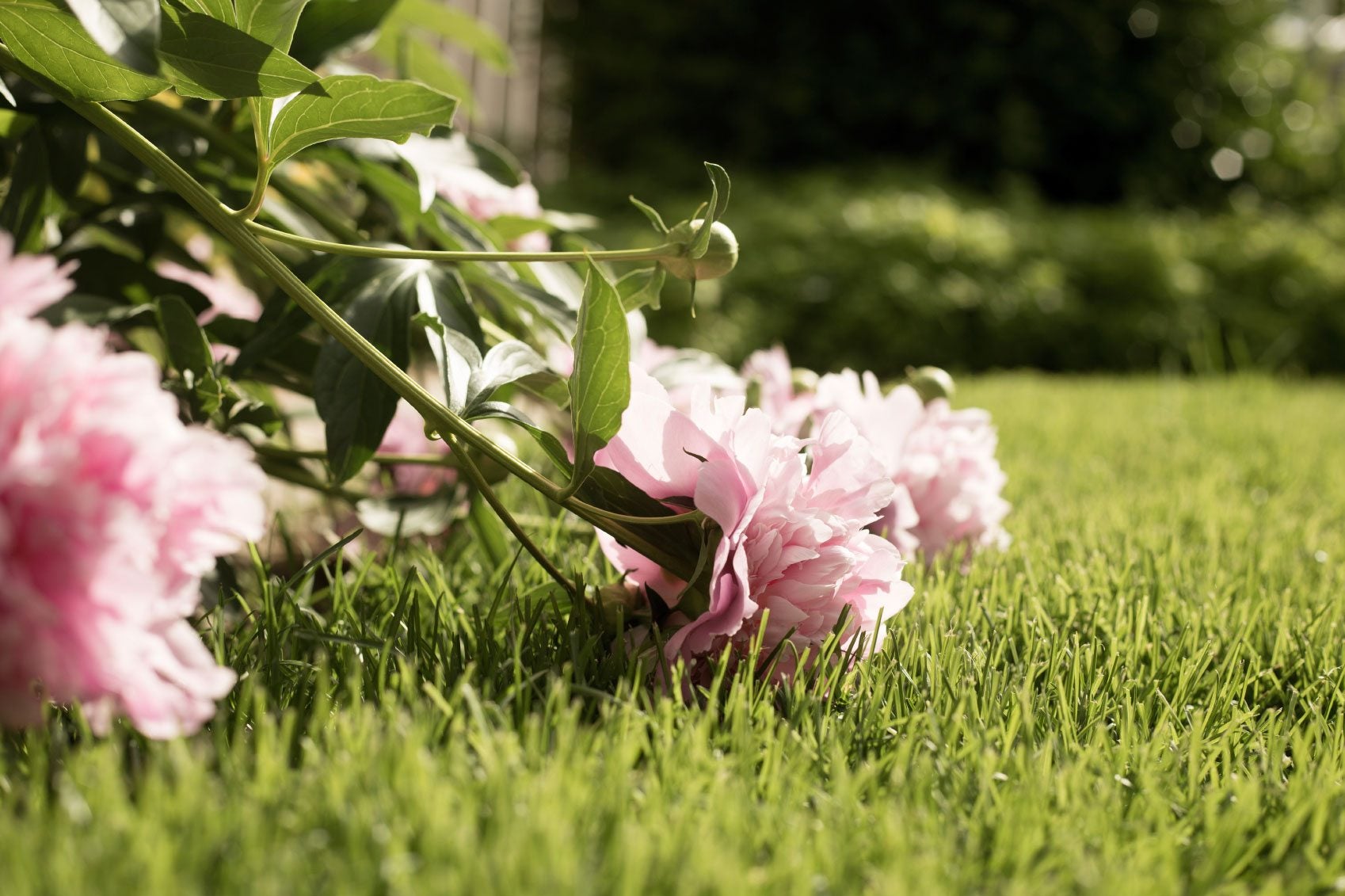Established Plants Are Tall And Leggy: What To Do For Leggy Plant Growth


Plants that become leggy or floppy tend to fall over, produce fewer flowers and create an untidy spindly appearance. There are a couple of reasons why plants are tall and leggy. Leggy plant growth may be the result of too much nitrogen or even low light situations. It is also just simply common to some species. Learn how to keep plants from getting leggy and have bushier, more bountiful flora.
Why Do Mature Plants Become Spindly?
Plant growth is unpredictable in most cases. Legginess in plants is often the result of perfect growing conditions which allows them to add on too much greenery before the plant has adequate dimension and strength in stems and roots. The result is a floppy, leggy plant growth. You can prevent this to some extent with a little manual grooming and the proper fertilizing program. Plants that die back in winter and come again in spring experience a rapid growth spurt in perfect weather conditions. Sometimes that makes the stems and branches slender and weak, while the fast growth stacks up on the terminal end. Other reasons for leggy plant growth include improper lighting. In low light situations, the plants are stretching for sunlight to produce important plant sugars. This results in overly tall, spindly plants. Also, plants that receive high nitrogen fertilizers early in spring will get a jump on growth. The excess nitrogen can cause a spike in greenery development that exceeds the plant's ability to become girthy. Plants are tall and leggy and often produce poorly.
How to Keep Plants from Getting Leggy
Make sure you situate plants where they get adequate light to keep them from stretching towards the sunshine. Pinch back the tip growth of plants, like petunias, to force bushiness and more stems which means more flowers. Most annual flowers and some perennials flourish with this treatment. Indoor houseplants that are in dimmer lighting can be forced to bush with this treatment, and herbs respond very favorably to pinching. You can prevent legginess in plants by early season pruning. It enhances thicker growth and sturdier branches.
Care and Its Effect on Leggy Plants
Cultural care is a crucial to keeping plants compact and strong. Provide proper levels of moisture and drainage, lighting and nutrition. Avoid high nitrogen fertilizers, except on turf grass. Most plants need balanced macro-nutrients such as an 8-8-8. Flowering plants need plant food with a higher middle number, which indicates phosphorus and promotes flowers and fruit. The first number is nitrogen and promotes leaf growth and green cell formation. If plants are naturally on the tall side, provide supports and an early season infusion of a plant food with a higher last number. That is potassium, which enhances root growth and overall plant health.
Sign up for the Gardening Know How newsletter today and receive a free copy of our e-book "How to Grow Delicious Tomatoes".

Bonnie Grant is a professional landscaper with a Certification in Urban Gardening. She has been gardening and writing for 15 years. A former professional chef, she has a passion for edible landscaping.